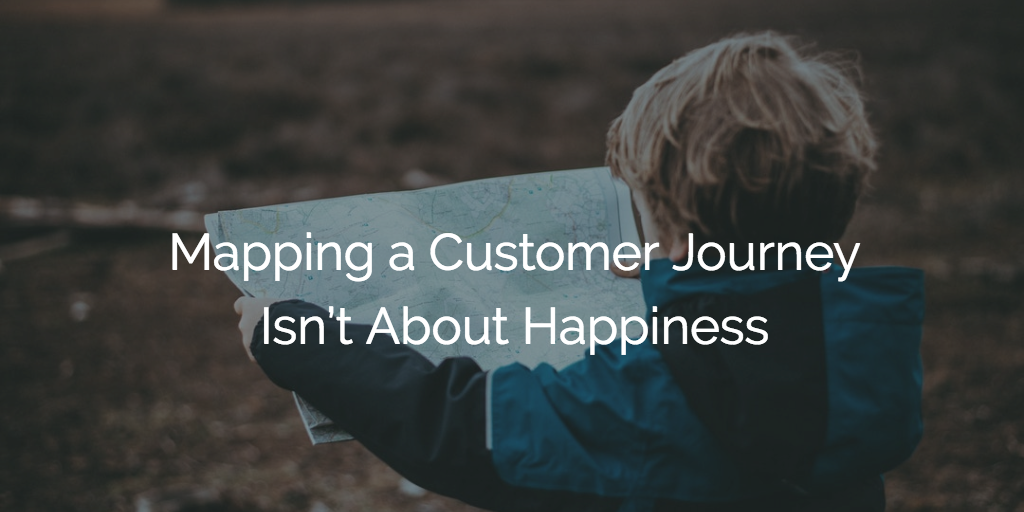Last month I had the opportunity to join thousands of my fellow Customer Success professionals at Pulse 2018 in San Mateo.
Besides the food and networking, I came away from the event with a clear idea of how to better serve my customers here at Liferay. Specifically, attending Pulse reinforced my belief in the power of an “outcome-based” approach to Customer Success and the power of human interaction.
When Gainsight and others first began a conversation around Customer Success the business world was understandably focused on making customers happy. While customer happiness is certainly a worthy goal, as time has gone on, the community has come to understand that we owe our customers something more than happiness—we owe them positive outcomes.
Why Customer Projects Fail
This isn’t a conclusion that we came to without a degree of pain. I’ve personally seen Proofs of Concept (PoCs) or other limited projects where our internal champion is happy, but the projects don’t get expanded or given the resources to succeed. There are two main reasons for this:
- A clear objective wasn’t defined from the beginning.
- The champion isn’t able to demonstrate positive ROI to their executives.
From IT’s perspective, the measure of success in deploying a new technology is fairly straightforward:
- Was the deployment completed on time?
- Did the project stay within budget?
- Does the new solution provide good performance?
Unfortunately, determining success is often less clear-cut from a business perspective. That’s because target objectives are often not defined at the onset of a new project or the requirements get lost in the conversation between different departments and levels of seniority.
Why Customer Projects Succeed
Typically, the most important factor in determining success from a business perspective is adoption. Is a solution widely used within an organization? What about the breadth and depth of feature usage?
But just tracking adoption alone doesn’t tell us whether the solution is valuable, or even provide a clear roadmap to reach widespread adoption. It also isn’t necessarily a predictor that a customer will continue using your solution—what’s here today is often gone tomorrow, particularly in this era of SaaS delivery models.
This is where the practice of journey mapping comes into play. As Customer Success professionals, we need a clear understanding of our customer personas and the touch points they have with our brand or product:
- Do they chat with us online or contact us by email?
- Do we cold call them?
- How do those touchpoints change as our relationship with a customer changes?
Remember that customers attach an emotion to each interaction.
Understanding the Customer Journey
By understanding the customer journey, we uncover the “Moments of Truth,” the key touchpoints that inordinately influence how customers view our brand, and can determine where to direct most of our energy. Often this means focusing on fully solving one particular pain point instead of only partially solving for a series of challenges.
For those of us looking to follow an objective-focused approach to Customer Success, the failure to understand a customer’s most important moments of joy or frustration robs us of the ability to determine the outcome that would best serve the customer. Without this empathy the customer is likely to abandon a project in frustration before they’ve had a chance to realize its value.
The Value of Prescriptive Content
One way to solve this problem and help guide customers towards a desired objective is through the concept of “prescriptive content,” which was widely discussed at Pulse. Generated by the deployment of predictive analytics, prescriptive content is the next level of content delivery—anticipating customer needs before they’re even articulated.
In the past, Customer Success professionals focused on making content freely available for customers. This gradually evolved into the notion that said content should be easy to find. Today, we look to leverage new technologies like AI and Machine Learning to proactively facilitate key interactions with customers and send them relevant content (whitepapers, knowledge articles, instructional videos, etc.) at key points in their journey.
But an algorithm can’t do everything for you. It’s up to those of us in Customer Success to understand the customer persona, journey and desired outcome in order to determine which content would be relevant at what time. The goal is to demonstrate value and empower your customers to continue their journey with your product.
Going Beyond Customer Happiness
What this adds up to is the need to go beyond customer happiness. By being friendly and responsive to customer requests, we can forge a positive relationship with internal stakeholders. But that’s not enough to build lasting outcomes. At the end of the day, your customers need to show positive ROI on whatever products they use and that they’ve met well-defined objectives. Customer Success equals Customer Outcomes plus Customer Experience.
If you haven’t guided them to a point where they’re able to do so then you’ve let them down. For all the recent talk of automation replacing jobs, ultimately, these tools are not meant to replace human interaction, but rather enhance it. The heart of Customer Success has always been, and will continue to be, human-first (as Nick Mehta likes to say). That means nurturing and leveraging the relationships between people to help customers define and reach their objectives.
For me, that was the lesson of Pulse.

